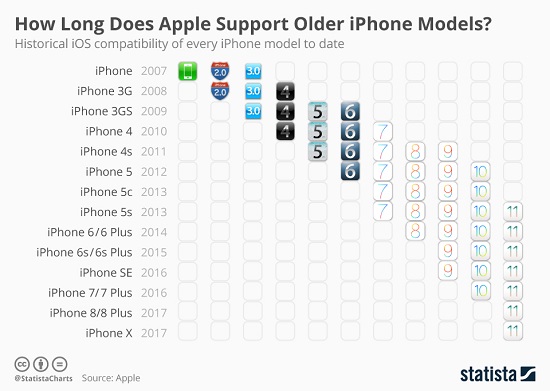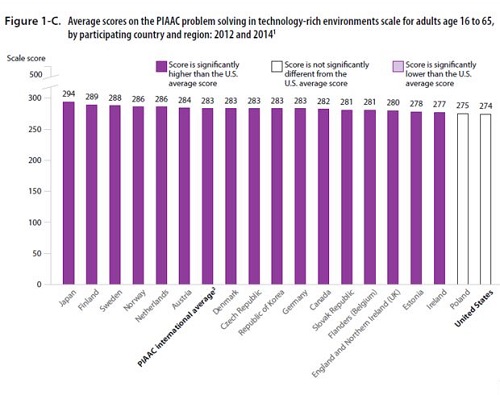We have a long and unhappy history with Apple’s premature and/or poorly-planned operating system updates. We eagerly purchased the original iPad, soon after it was introduced in April 2010, so we could read an electronic version of The Wall Street Journal (WSJ) on a compact, book-like gadget. It was NOT a pleasant experience, because the WSJ’s Customer Support people were clueless, but we had to be transferred via them to Tech Support. Eventually Tech Support got things sorted out and we could read the WSJ. At the time this was the largest screen view available on any such device. Unfortunately, it didn’t last very long until the iPad’s App version did not match the new iOS, so it was impossible to use it to read the WSJ. Further unfortunately, Walt Mossberg, the WSJ’s excellent technology columnist left before he could put pressure on both Apple and the WSJ to get their acts together. So we now have an obsolete piece of technology that is only useful as a model boat anchor (the only exception’s being an interesting electronic piano keyboard called Pro Keys that has about 2 octaves).
Fast forward to February 2018. We replaced our aging iPhone 4S (we would have kept it longer but our Aiptek pico projector “sled”—the best of category—went missing) by a “modern” iPhone 6S. All was well for about one month, and we could use our small handful of key Apps, until Apple wanted to update our iPhone with a new iOS version (11.2.6). Apple took over a week of false starts; they would ask if we wanted it done overnight, and then not do it after we had said Yes. And we are sorry that we let them update it, because now our Quick List doesn’t work—apparently because its App developer has not updated the App … and may never do so (probably because Apple has made some software changes that are too expensive or technically impossible to implement). We can’t even look at or download the content of the version that we had been using for 5+ years. So now we have been reduced to keeping our lists with paper and pen. We, and presumably a lot of other iPhone owners who use their iPhones for useful and productive purposes, can’t use this useful App, because Apple is focused more on entertaining stuff like Animojis than on useful and productive stuff. BIG THANKS, APPLE!!!



